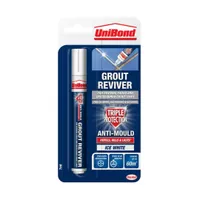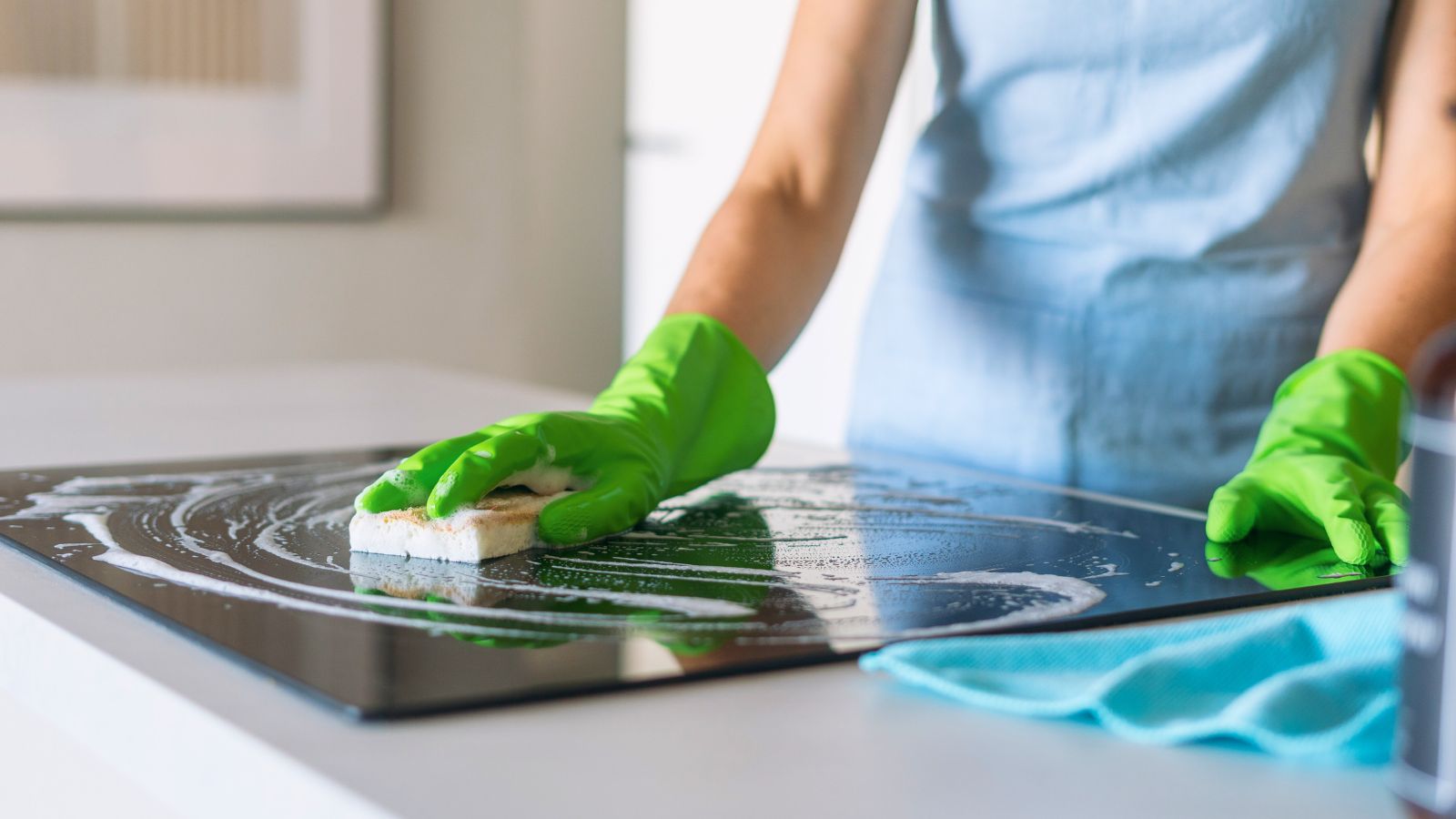5 mistakes to avoid when painting bathroom tiles
Experts reveal the 5 most common mistakes people make when painting their bathroom tiles and share their tips for mastering this DIY process
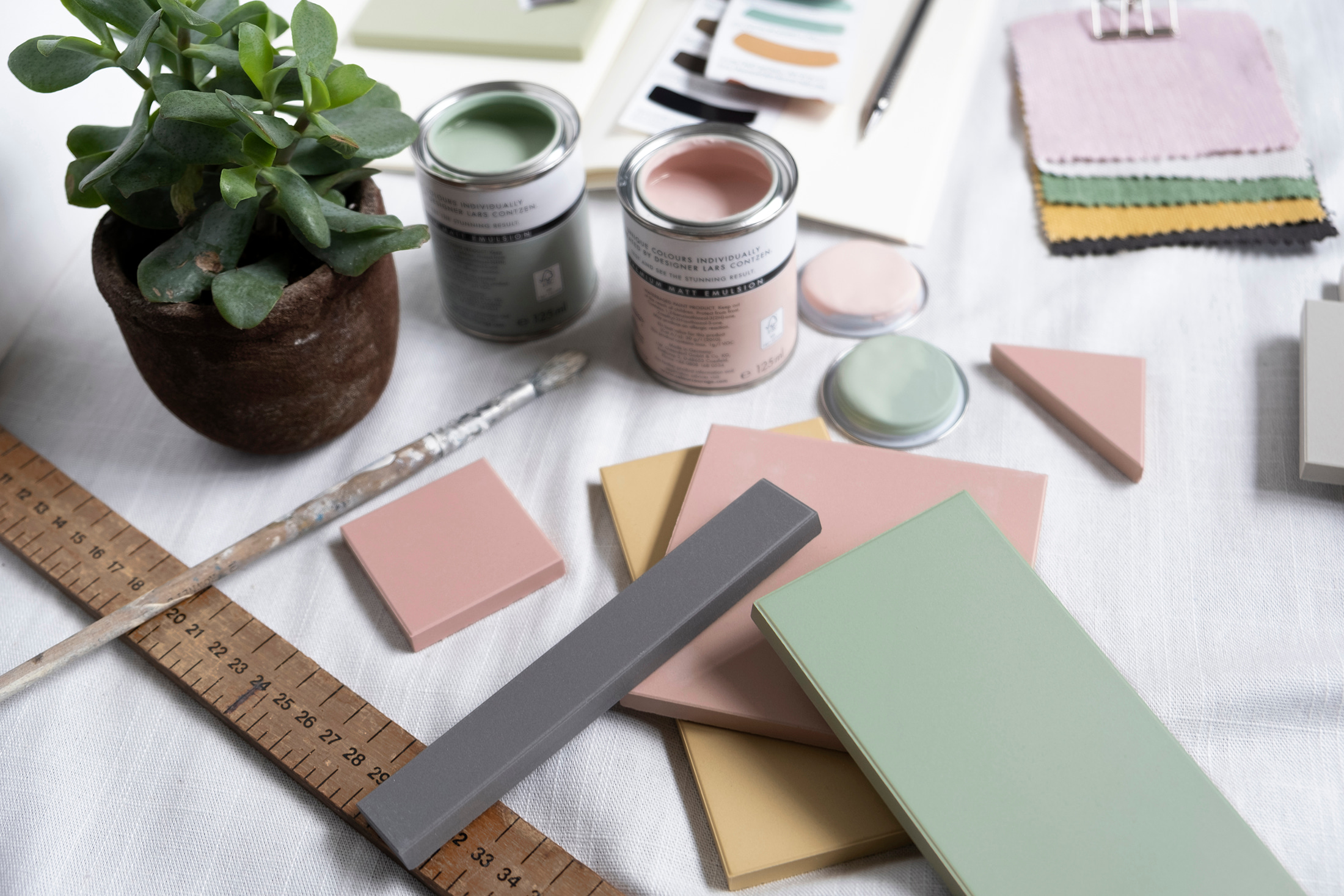
If you’re thinking about updating your bathroom design without committing to a full remodel, you may be considering painting your bathroom tiles. But while painting tiles is an affordable way to give your space a much-needed refresh, it's a project fraught with potential missteps.
Painting bathroom tiles involves much more than selecting a paint colour and applying it. It requires meticulous preparation and careful technique to ensure the paint adheres properly and withstands the test of time in a moisture-rich environment.
We asked the experts to weigh in on common tile painting mistakes and share their tips for successfully completing this DIY task.
Can you paint bathroom tiles and is it a good idea?
Learning how to tile a wall yourself is a brilliant skill to have and will help you transform your bathroom for less. However, if your budget is limited or you don't have the time to commit to a full renovation, painting tiles is a quick and affordable way to transform your space.
The pros to painting bathroom tiles
- It's cost-effective: Painting your bathroom tiles is significantly cheaper than replacing them and offers a budget-friendly way to update your bathroom without paying for a professional tiler or investing in tiling tools
- It's fast: It's possible to transform the appearance of your bathroom in an afternoon with a simple paint job.
- It's highly customisable: Painting your own bathroom tiles allows for a high degree of customisation, as you can create your own unique designs.
The cons to painting bathroom tiles
- Durability concerns: Painted tiles are not as durable as original tiles. They can chip, peel and quickly wear, especially in high traffic areas like family bathrooms.
- Maintenance requirements: Painted tiles can require more maintenance, as they need to be cleaned more gently to avoid damage and they may require regular touch ups.
- Aesthetic limitations: Painting bathroom tiles only changes their appearance, not the texture or their inherent qualities. If your original tiles are poor quality or damaged, paint will not fix them. Additionally, paint cannot accurately replicate the feel of high-end materials like natural stone or marble.
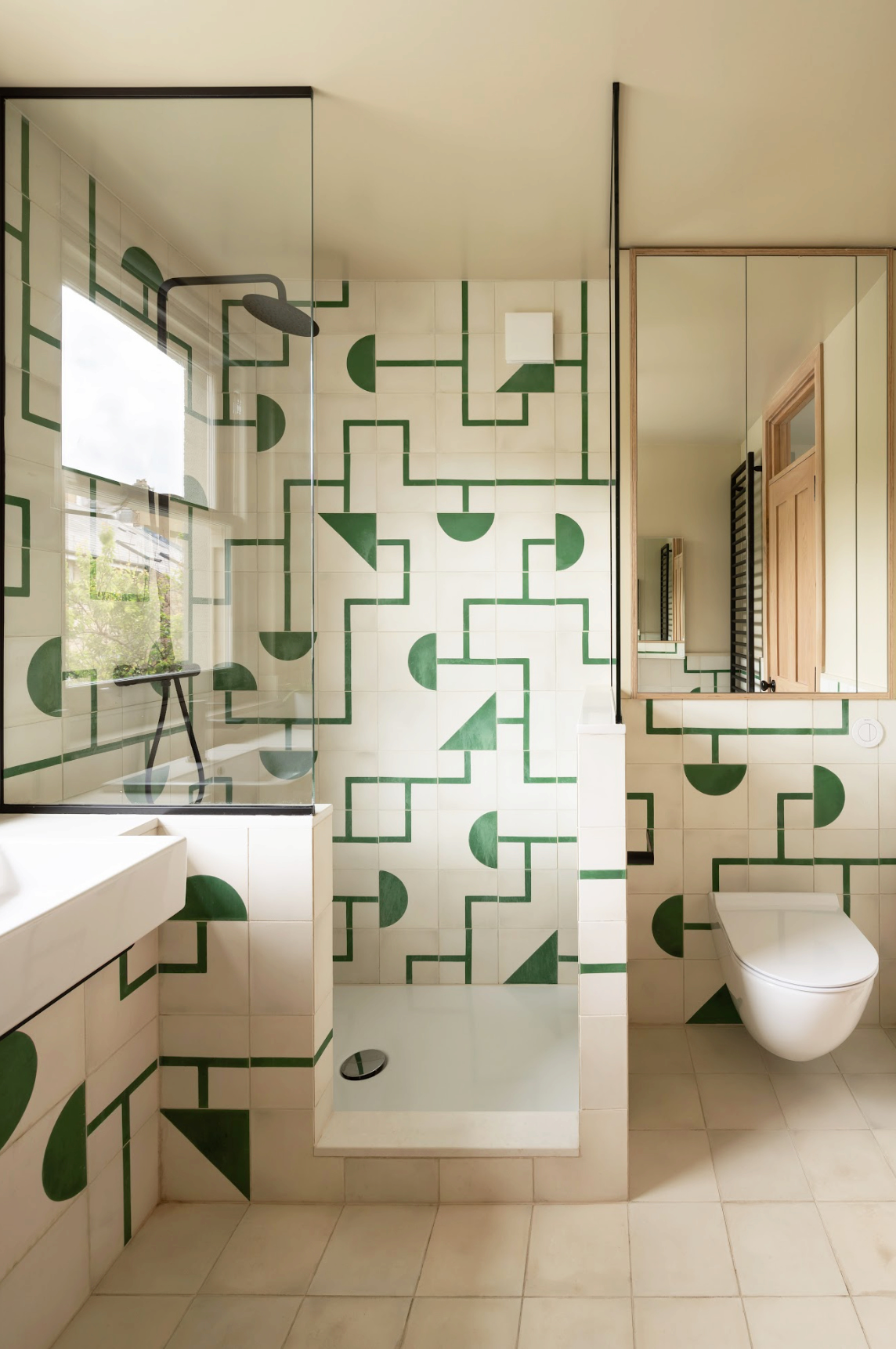
Mistake #1: Inadequate surface preparation
Preparing your tiles for painting is non-negotiable. Many people dive straight into painting, overlooking the crucial steps of cleaning and sanding first.
Bring your dream home to life with expert advice, how to guides and design inspiration. Sign up for our newsletter and get two free tickets to a Homebuilding & Renovating Show near you.
"Tiles will need to be completely free from dirt, grime and grease," says Steve Jenkins, Homebuilding & Renovating's DIY content editor. "You can use a commercial bathroom cleaner – such as Everbuild Sugar Soap Spray from Amazon – and an abrasive sponge or wire wool".
Remember to clean the grout as well. If you notice any mould stains you can use a fungicidal spray or common household bleach to remove this prior to painting. If the mould stains persist after cleaning, you may need to re-grout your tiles before painting them (or use a grout pen after you've finished the job).
"If your tiles have hairline cracks or chips you can use an epoxy resin – like Gorilla Epoxy from Amazon – to fill these," says Steve. "Make sure you wash everything down with warm water to remove any residue from sprays and resins, then make sure your tiles are completely dry before moving on to the priming and painting stage".
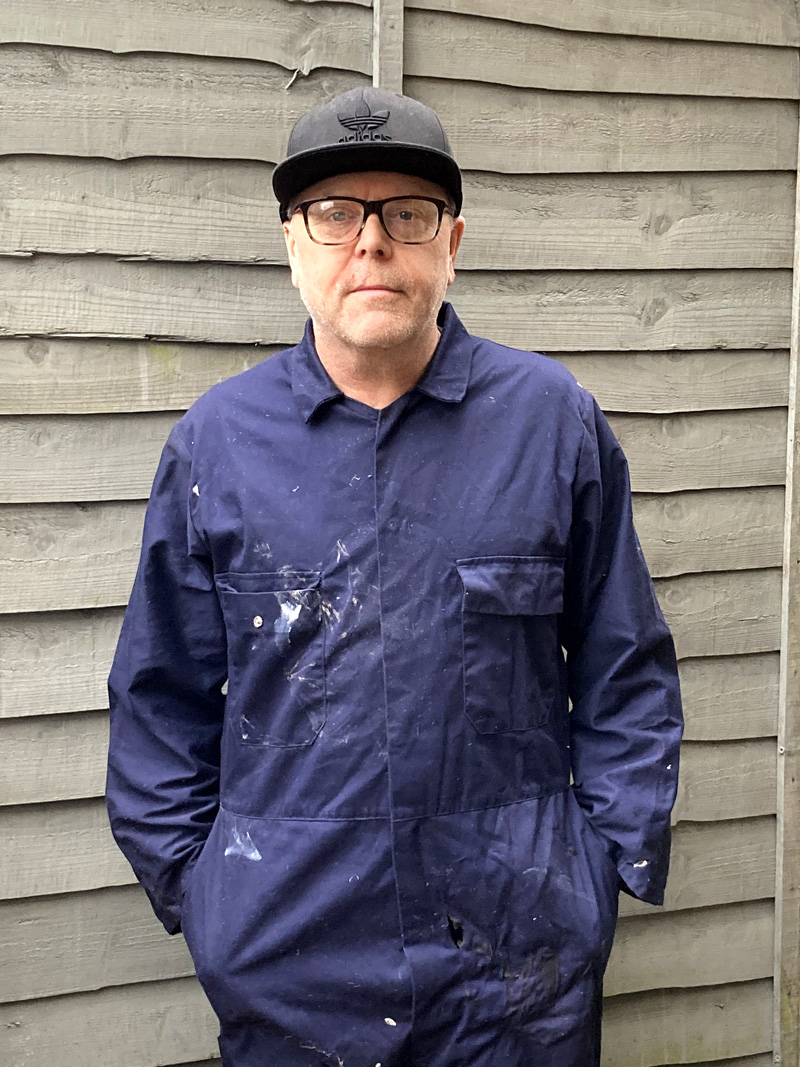
Steve is Homebuilding & Renovating's DIY content editor, and has been a writer and editor for two decades. He is an avid DIYer with over 20 years of experience in transforming and renovating homes. He specialises in painting and decorating, but has strong all-round building skills, having previously worked in the industry for 10 years.
Mistake #2: Neglecting to use a primer
Don't neglect to use a primer for this task. As a rule of thumb, using a primer will help tile paint stick to surfaces and will increase the longevity of your tiles. Look for a high-adhesion primer specifically designed for tiles, such as Zinsser Bulls Eye 1-2-3 White Multi-surface Primer from DIY.com.
It's a good idea to use a small brush for this job. Use thin coats and allow the primer to dry completely between each layer. You should lightly sand the tiles once you are satisfied they have been primed, as this will ensure the topcoat adheres to the surface.
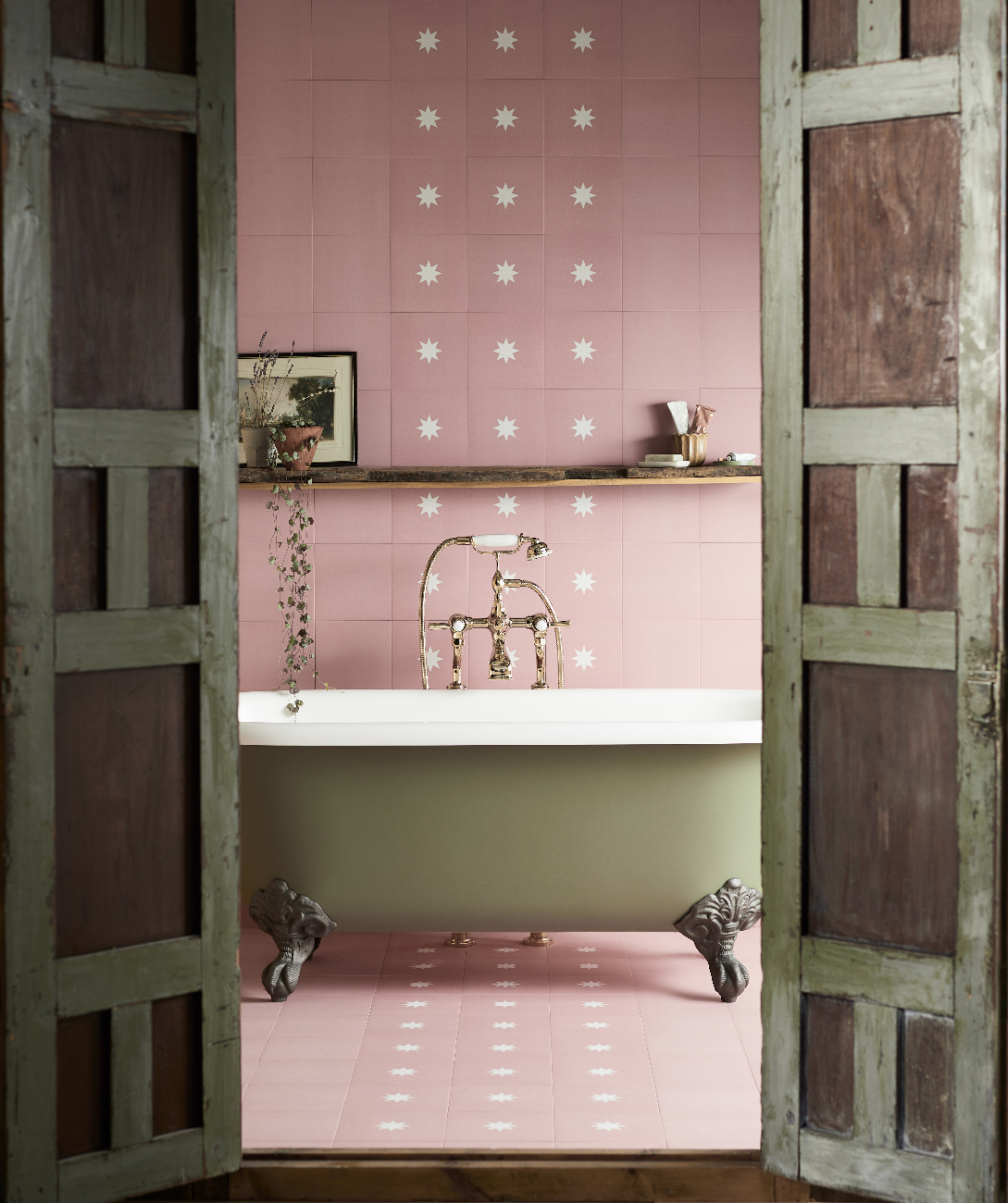
Mistake #3: Using the wrong type of paint
Not all paints are created equal, especially in the steamy environment of a bathroom. Ordinary emulsion paint will not perform well on glossy bathroom tiles, so look out for multi-surface paints and brands specifically designed for using on bathroom tiles, such as Rust-Oleum Satin Bathroom Tile Paint, Ronseal One Coat Tile Paintor Dulux Tile Paint – all available from DIY.com. These multi-surface paints not only resist moisture but also allow for easier cleaning.
Chalk Paint will also adhere to bathroom tiles, but after painting your tiles should be sealed with either Chalk Paint Wax or Lacquer (also available from DIY.com) to protect your precious work.
Common mistakes to avoid:
- Do not use a big brush for painting bathroom tiles – a small brush or foam roller is best. You can always paint over grout and use a grout pen to fill it back in later.
- Make sure you've wiped any excess paint off your brush or roller before applying. Too much paint will look messy and show your brushstrokes.
- If you opt to use a stencil on your tiles, do not overload it with paint. Too much paint will cause your stencil to bleed and this will ruin your design. Use a small sponge for optimum results.
- Once you have finished painting, avoid using any water in the space for at least 24 hours. Water and steam can slow the drying and curing process.
- Do not attempt to re-grout your tiles after painting them. This step should be done beforehand, as abrasive substances can remove the paint or damage the finish.
Mistake #4: Overlooking ventilation
Painting in a well-ventilated bathroom is key to avoid moisture build-up and ensure that the tile paint dries properly. When painting bathroom tiles, open windows or use a fan. These methods will help to dispel any strong paint fumes. You could also wear a mask for added protection.
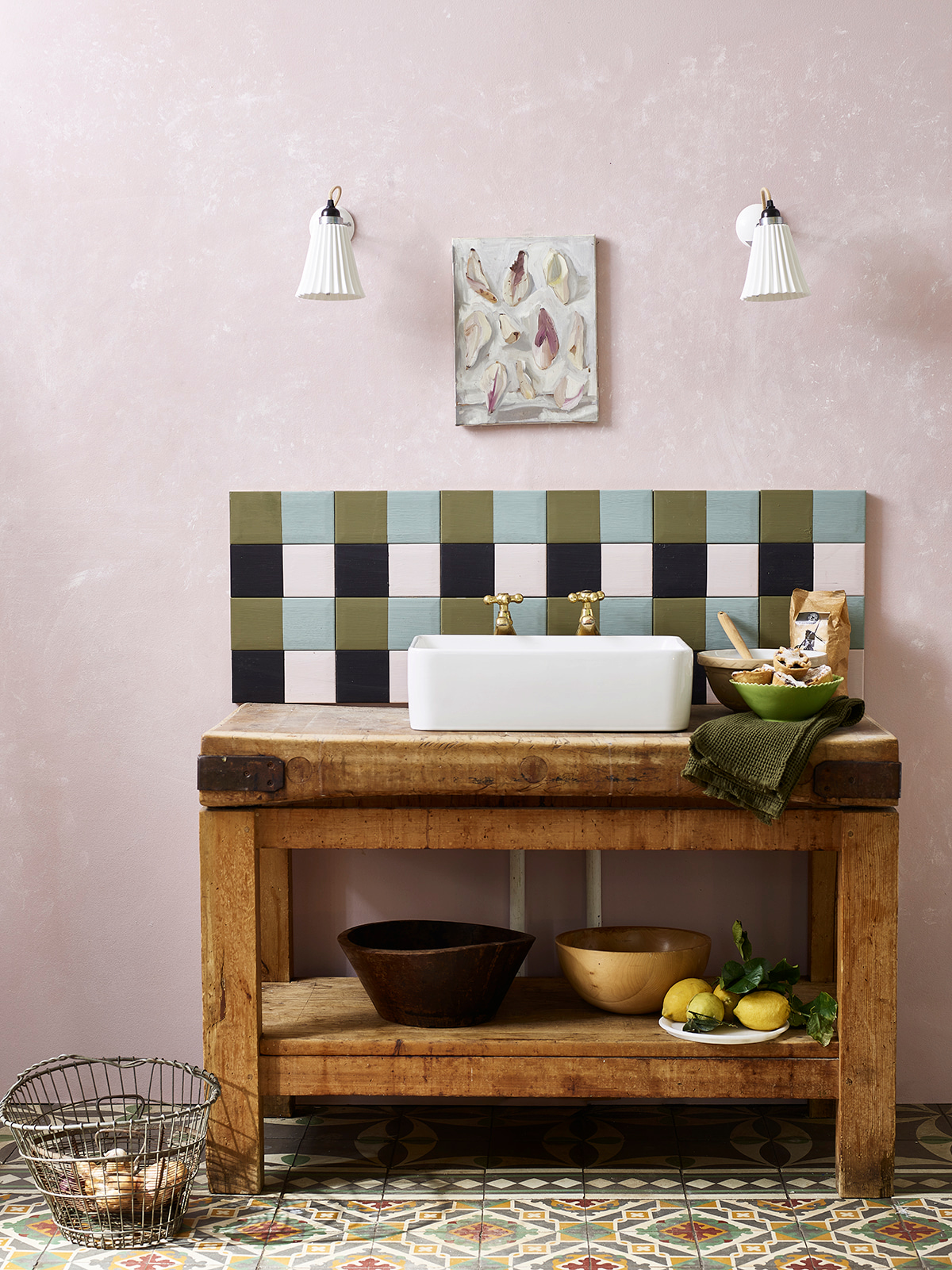
Mistake #5: Rushing the process
Patience is a virtue, especially when painting bathroom tiles. Rushing can lead to a less than satisfactory finish, so apply thin coats and allow ample drying time between each layer. This process might test your patience, but it’s worth the wait.
"The longer you give to let coats dry, the longer your handiwork will last," says Annie Sloan, Inventer of Chalk Paint™. "When using chalk paint on glazed or shiny tiles, you need to allow for a longer curing period than usual. The full curing period is 21 days for wax and 14 days for lacquer. Just take care not to scratch or chip the finish during this time".

Annie Sloan, CBE, invented Chalk Paint™ in 1990 and has continued to refine and improve her formula since. She is widely considered one of the world’s leading authorities in paint, colour and style. In 2023, she was appointed Commander of the Order of the British Empire (CBE) for services to interior design.
FAQs
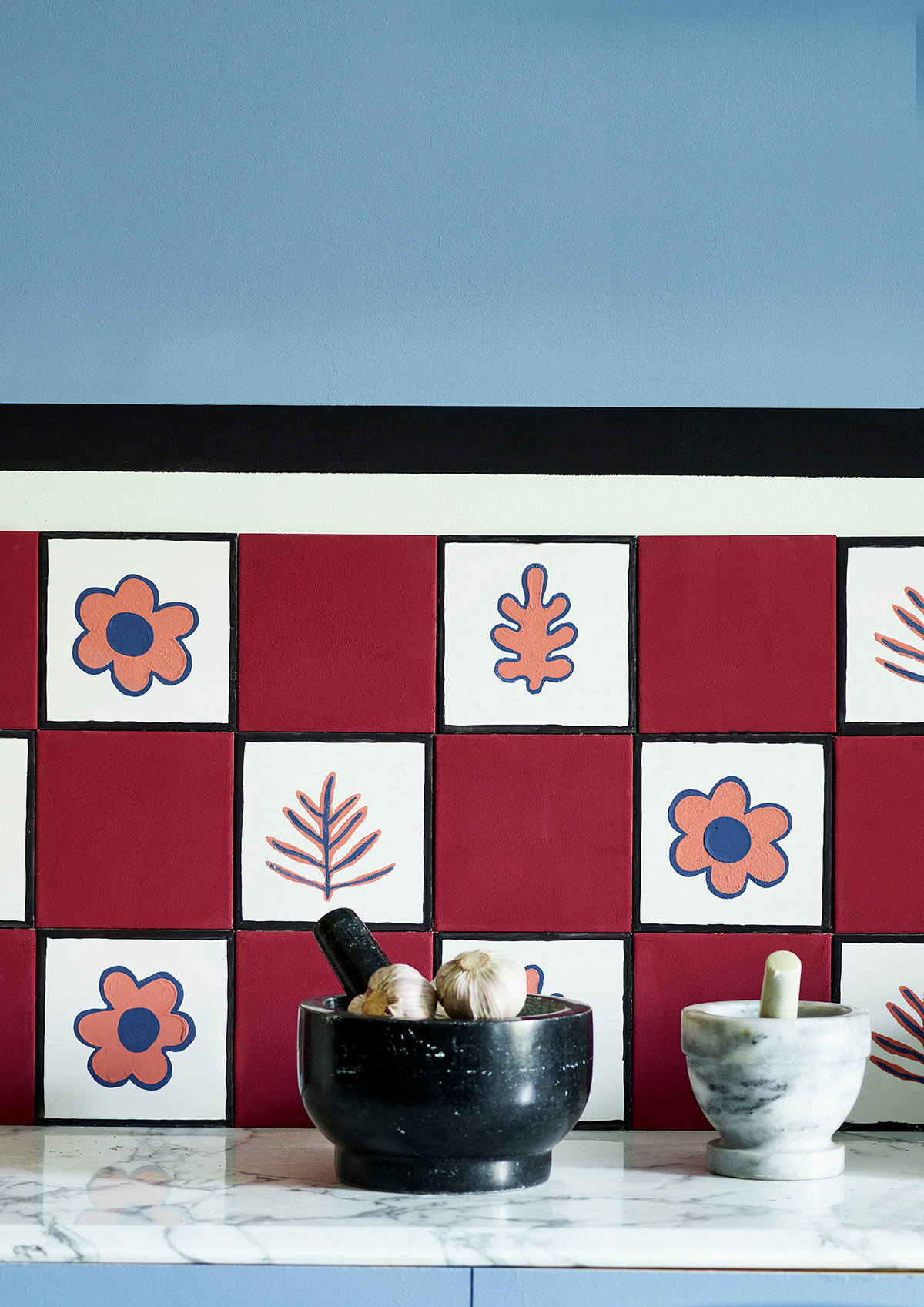
Can you use kitchen tile paint on bathroom tiles?
Not necessarily. Although paint developed for painting kitchen wall tiles may be suitable for the humidity levels present in a kitchen, it might not be suitable for the high humidity levels present in bathrooms. When in doubt, always check what the manufacturer says before applying paint to your tiles.
How long will painted tiles last?
"If your tiles are in an area that needs to be frequently cleaned, scrubbed or sanitised, particularly with chemical cleaners, then the finish will not hold up as well over time", says Annie Sloan. "A basin splashback in a house full of adults would probably be fine, but I’d avoid using it in a busy family bathroom".
Specialist tile paints are designed to withstand high humidity levels in bathrooms, but if you want them to last it's best to avoid painting tiles in areas with very damp or humid conditions, such as the inside of shower areas.
Is it possible to paint designs onto bathroom tiles?
Yes, it's possible to customise your painted bathroom tiles using stencils or varying shades. Tile paint colours are fairly limited, so you could always use a high-gloss or semi-gloss paint for your design and seal the tiles with a clear top coat.
"Rectangular subway tiles can be bought anywhere, for next to nothing. Turn them on their side, paint each half in a complimentary shade and you’ve got a gorgeously matt checkerboard tile that looks like you paid ten times the price,” says Annie Sloan. "Pick a palette of four shades – two per tile – for a seriously chic look".
Are there cost-effective alternatives to painting bathroom tiles?
If the finish of hand painted tiles isn’t what you’re after – or you don’t want to risk making any of the above mistakes – fear not! There are plenty of ways to refresh your existing tiles that don’t require a paintbrush.
Tile stickers are a good budget-friendly alternative to painting tiles. These adhesive stickers are perfecting for transforming tiles in small bathrooms without the commitment of paint. They come in a variety of designs and are easy enough to remove if you change your mind.
“I don’t think painting over tiles is a good idea,” says James Sirett, Head of Product at Fired Earth. “However well you do it, they never look quite right, they can be hard to clean, and it’s difficult to keep sharp grout lines. The best option, of course, is to re-tile. That might seem like a lot of work because people believe they always have to remove the existing tiles. But if it’s a solid structure you can often tile over the tiles in place, making it a much easier job.”.
You could also use a grout pen – such as the Unibond Grout Reviver Pen from Amazon Prime – to refresh the grout lines between your old tiles, instantly brightening your bathroom’s appearance.
Deal: Unibond Grout Reviver Pen in White
<p>RRP £7.98 | Now £4 from Amazon Prime <p>This easy to apply grout pen contains water-proof and mould resistant properties, making it perfect for freshening the grout between your bathroom tiles.
Gabriella is an interiors journalist and has a wealth of experience creating interiors and renovation content. She was Homebuilding & Renovating's former Assistant Editor as well as the former Head of Solved at sister brand Homes & Gardens, where she wrote and edited content addressing key renovation, DIY and interior questions.
She’s spent the past decade crafting copy for interiors publications, award-winning architects, and leading UK homeware brands. She also served as the Content Manager for the ethical homeware brand Nkuku.
Gabriella is a DIY enthusiast and a lover of all things interior design. She has a particular passion for historic buildings and listed properties, and she is currently in the process of renovating a Grade II-listed Victorian coach house in the West Country.
